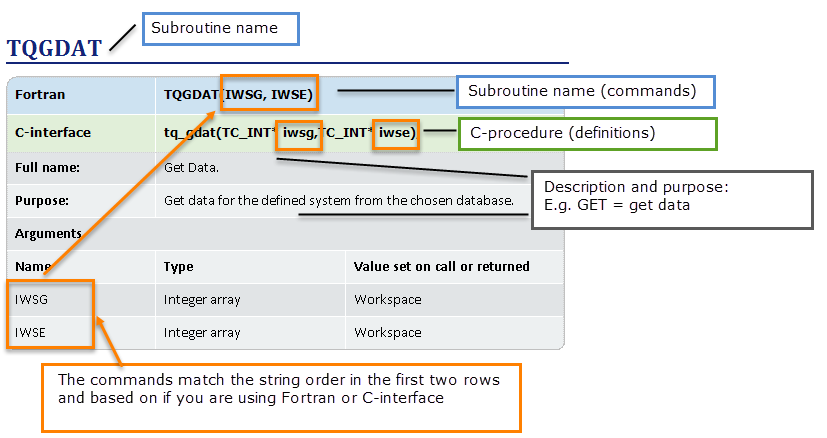TQSMNG
| Fortran |
TQSMNG(NGP, IWSG, IWSE) |
|
|---|---|---|
| C-interface |
tq_smng(TC_INT ngp,TC_INT* iwsg,TC_INT* iwse); |
|
|
Full name: |
Set Maximum Number of Grid points for each phase. |
|
|
Purpose: |
To change the maximum number of grid points that can be used for each phase. |
|
|
Comments: |
The global minimization technique starts with discretizing the composition space and calculating Gibbs energy values at each grid point for each phase. To balance its efficiency and robustness, an appropriate density of grid points should be chosen. The default value of NGP is 2000. In practice, the number of grid points generated during a normal calculation is much less than this value. However, under certain circumstances, one does need to increase the density of grid point for some phases in order to find a true stable equilibrium. |
|
|
Arguments |
||
|
Name |
Type |
Value set on call or returned |
|
NGP |
Integer |
Number of grid points |
|
IWSG |
Integer array |
Workspace |
|
IWSE |
Integer array |
Workspace |
Note the following conventions to distinguish between the programming languages.
- Routines starting with TQXXX, for example, TQGDAT, are in the Fortran interface
- Routines starting with tq_xxxx, for example tq_gdat, are in the C-interface.
- In Fortran, all routines are subroutines and do not return any values except where explicitly declared as functions.
- All the C procedures are declared as void and do not return any values except where explicitly otherwise declared.
An example of how to read the subroutine definitions.
